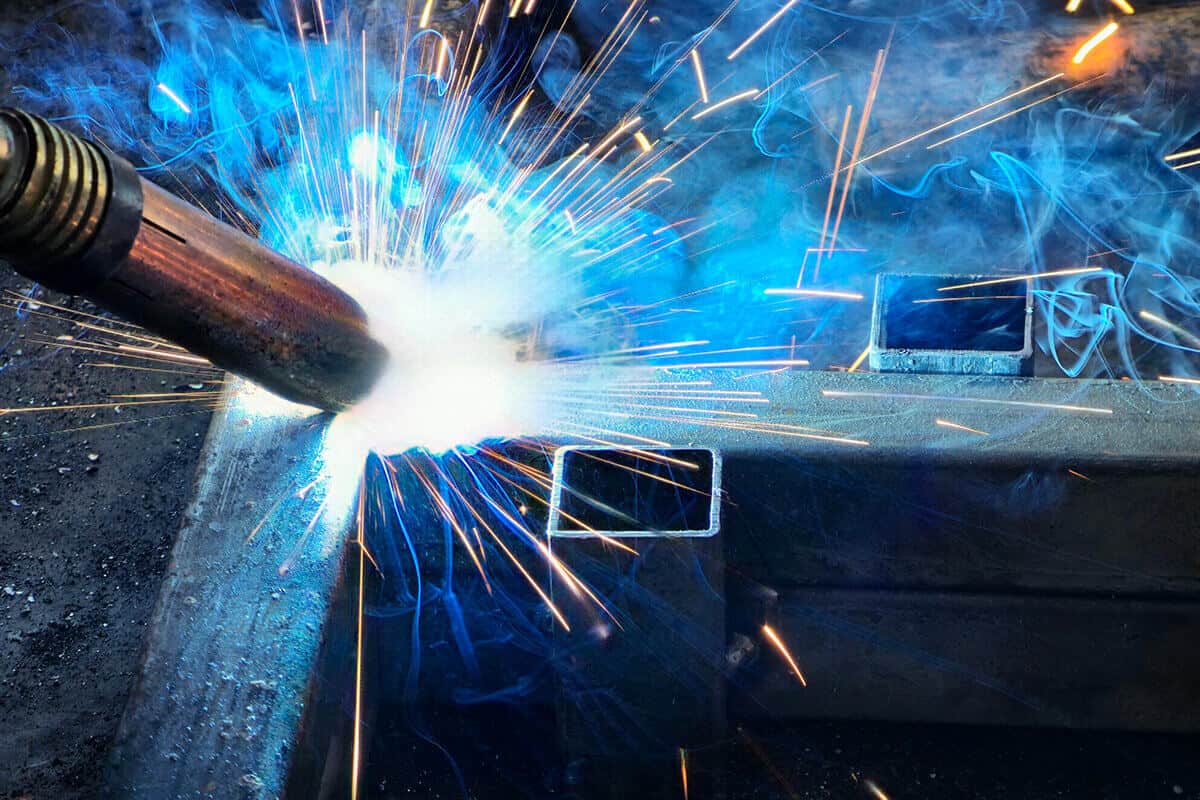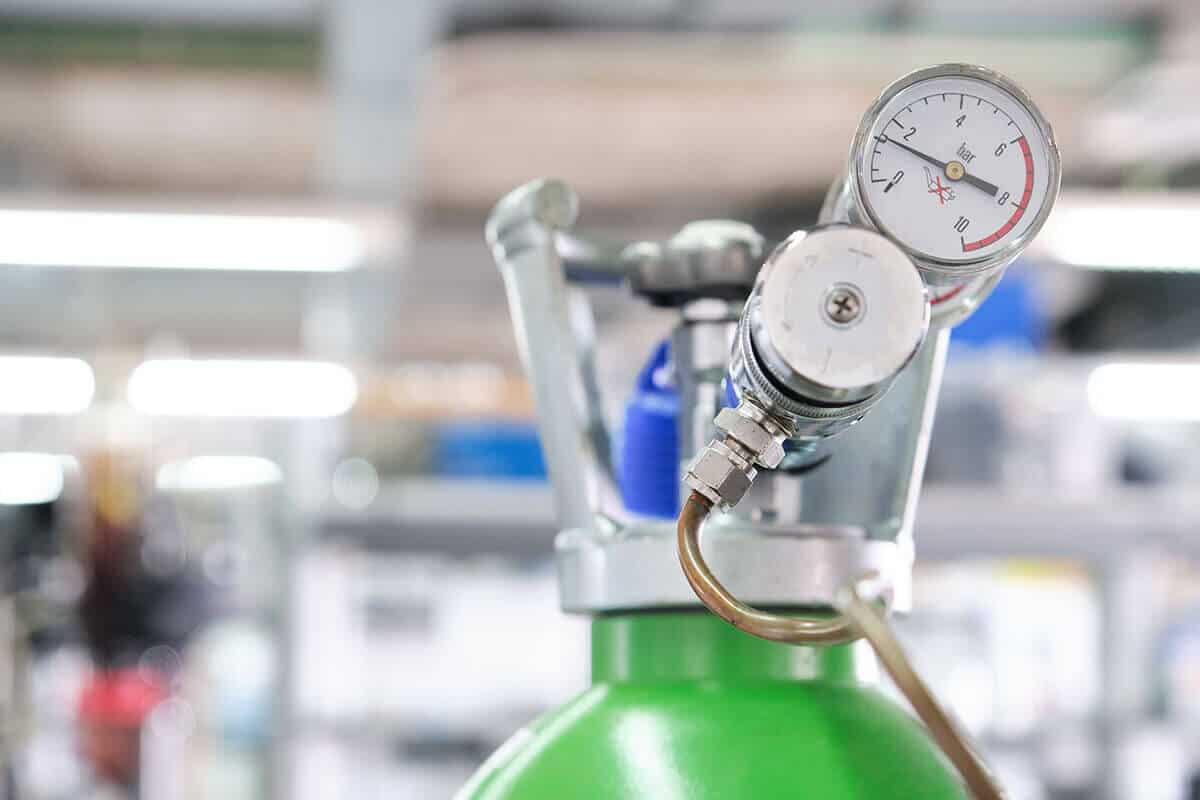Why Argon is Essential for Quality Welding
July 9, 2025 1:39 pmWelding serves as a foundational process across numerous industrial sectors. Automotive construction, aerospace engineering, infrastructure development, and general manufacturing all rely heavily on robust welded joints. The ultimate strength, durability, and overall integrity of a weld are contingent upon a multitude of factors. Foremost among these is the selection and application of the appropriate shielding gas. Various gases are employed in welding, each offering distinct properties. However, argon distinguishes itself as fundamentally indispensable for achieving high-quality welds in a significant proportion of welding applications worldwide.
The Fundamental Role of Shielding Gas in Welding
The intense heat generated during the welding process causes the molten metal in the weld pool and the adjacent base material to become highly reactive. Atmospheric gases, primarily oxygen and nitrogen, readily combine with these hot metals. Shielding gas creates a protective envelope around the welding arc and the molten weld pool, preventing detrimental reactions with the atmosphere.
- Preventing Oxidation
Oxygen reacts vigorously with hot molten metals. This reaction forms oxides within the weld deposit. These oxides compromise the metallurgical properties of the weld metal, leading to porosity, brittleness, and reduced tensile strength. Shielding gas displaces atmospheric oxygen.
- Avoiding Nitrogen Contamination
Nitrogen from the air can dissolve into molten metal. Dissolved nitrogen can cause porosity and increase the hardness and brittleness of the weld. This effect is particularly detrimental in steels and certain non-ferrous alloys. Effective shielding prevents nitrogen absorption.
- Stabilizing the Welding Arc
The arc column is the path of electrical current between the electrode and the workpiece. Atmospheric gases can interfere with the arc’s stability. A stable arc provides consistent heat input and better control over the welding process. Shielding gas contributes to arc consistency.
- Controlling Weld Bead Shape
The properties of the shielding gas influence the arc characteristics and the transfer of filler material. This directly affects the shape, width, and penetration profile of the resulting weld bead. Different gases or mixtures yield different bead geometries.
- Ensuring Metallurgical Integrity
By preventing contamination, shielding gas ensures the deposited weld metal achieves its intended chemical composition and mechanical properties. This is crucial for meeting design specifications and safety standards required by codes like those from the Canadian Welding Bureau (CWB). The final weld structure relies on clean metal.
Argon’s Unique Properties Making It Ideal for Welding
Argon, a noble gas, is highly advantageous for gas metal arc welding (GMAW) and gas tungsten arc welding (GTAW), due to its extreme chemical inertness and advantageous physical and electrical properties.
- Inert Nature
Argon does not react chemically with metals even at the high temperatures encountered in the welding arc and weld pool. This absolute inertness is paramount for preventing oxidation, nitridation, and other harmful chemical reactions that degrade weld quality. It simply provides a physical barrier.
- High Ionization Potential
Argon requires a significant amount of energy to become ionized. This property contributes to a stable and controllable welding arc, particularly at low voltages. Arc initiation and maintenance are more reliable with argon. This stability translates to consistent heat input.
- Low Thermal Conductivity
Argon conducts heat poorly compared to gases like helium. This low thermal conductivity helps to concentrate the heat in the welding arc rather than dissipating it too quickly. This results in efficient melting of the base material and filler metal. Heat is directed precisely.
- Relatively High Density
Argon is denser than air and many other shielding gases. This higher density allows the argon gas to effectively blanket the weld pool and the immediate surrounding area. It displaces the lighter atmospheric gases more efficiently. The protective layer persists longer.
- Availability and Cost-Effectiveness
Argon is the third most abundant gas in the Earth’s atmosphere, comprising about 0.934%. This relative abundance makes it widely available and generally more cost-effective than other inert gases like helium, particularly for large-scale industrial use in Canada’s manufacturing sector. Supply chains are well established.
Benefits of Using Argon for Quality Welds
Argon’s shielding and unique arc characteristics enhance the quality of welds, contributing to structural integrity, aesthetic appeal, and cost-effectiveness.
- Superior Weld Cleanliness
Argon’s inertness ensures minimal reaction with the molten metal. This prevents the formation of oxides and nitrides within the weld bead. The resulting weld is clean, with reduced inclusions and defects. This enhances mechanical properties significantly.
- Reduced Porosity
Contamination from atmospheric gases, especially nitrogen and oxygen, is a primary cause of porosity in welds. Argon shielding effectively eliminates these contaminants from the welding zone. This leads to dense, solid weld deposits free from gas pockets. Porosity weakens the joint.
- Excellent Arc Stability
Argon provides a very stable arc, particularly with direct current electrode negative (DCEN) in GTAW and pulsed current in GMAW. A stable arc allows for precise heat control and consistent melting, crucial for achieving uniform penetration and bead profile. Arc stability facilitates control.
- Good Weld Bead Appearance
The stable arc and clean weld pool facilitated by argon contribute to smooth, well-formed weld beads with minimal spatter. This reduces the need for extensive post-weld grinding and finishing. Aesthetically pleasing welds are often indicative of good internal quality.
- Suitability for Various Materials
Argon is a versatile shielding gas suitable for welding a wide range of materials. These include aluminium, stainless steel, titanium, magnesium alloys, and other non-ferrous metals, as well as reactive metals. It is also a key component in mixtures for welding carbon steel. Its inertness is key for reactive metals.
- Deep, Narrow Penetration (GTAW)
In the GTAW process, pure argon shielding typically produces a narrow, deep penetration profile. This is often desirable for achieving full penetration in butt joints and for welding thicker sections effectively. Penetration control is vital for joint strength.
- Consistency and Repeatability
Using argon as a shielding gas promotes consistency in the welding process. The reliable arc stability and effective shielding contribute to repeatable weld quality, which is essential for production environments and meeting stringent quality control standards in industries like those regulated by CSA standards in Canada. Uniformity is key in manufacturing.
Argon is a crucial shielding gas for high-quality welds in various applications and materials due to its unique inertness, electrical properties, and density. It prevents contamination from atmospheric gases, ensuring the metallurgical integrity, strength, and reliability of the final weld joint. Its importance is highlighted in Canadian industries, where fabricators and manufacturers prioritize weld quality.
For businesses in Canada requiring dependable shielding gas solutions and expertise, Josef Gases offers a comprehensive range of welding gases. Obtain the essential argon you need for superior weld quality by contacting us directly at (416) 658-1212.



